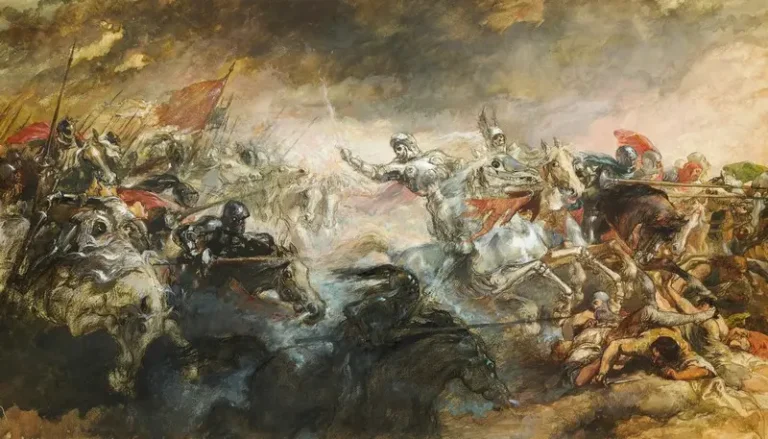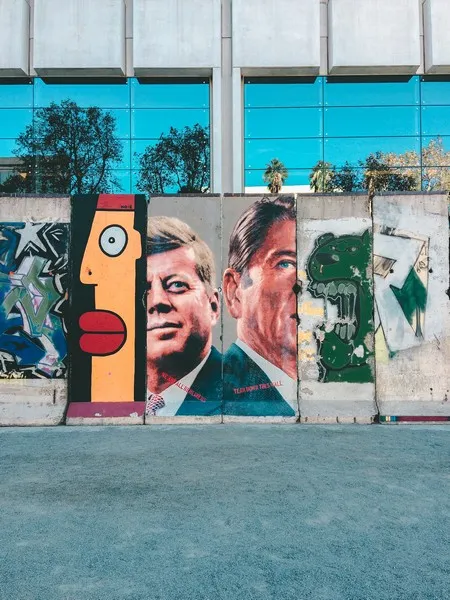Table of Contents
- Introduction
- Art as a Social Institution
- Art and Collective Identity
- Art, Power, and Ideology
- The Political Economy of Art
- Art and Social Change
- Art, Emotion, and Subjectivity
- Conclusion: Reclaiming the Social in Art
Introduction
Art is often positioned as a domain of creativity and aesthetic contemplation, yet its significance extends far beyond individual appreciation. From a sociological perspective, art is deeply embedded in social structures, cultural practices, and systems of meaning. It reflects and shapes collective identities, power relations, and historical change. The social value of art cannot be understood merely through its economic worth or institutional prestige; instead, it must be examined through the lens of social theory, which reveals its multifaceted roles in society.
This article explores the social value of art by examining its functions as a social institution, a site of identity formation, a medium of ideology, a driver of socio-economic dynamics, a tool for emotional engagement, and a potential catalyst for social change. Each dimension underscores the complex and embedded nature of artistic practices within the social world.
Art as a Social Institution
Defining Art Sociologically
Art is not a static or universal concept; it is a socially constructed institution. What counts as art, who qualifies as an artist, and how artworks are valued are all shaped by cultural norms, historical contingencies, and institutional power. Sociologists explore how definitions of art emerge, evolve, and become contested within particular social contexts.
- Art is a product of social conventions that are subject to change over time.
- It is legitimized through institutions such as museums, galleries, critics, and academies.
- Its meanings are negotiated through discourse, ritualized practices, and social interaction.
The classification of artistic objects, such as distinguishing high art from low art, is itself a reflection of power-laden processes. These classifications are often embedded in systems of class distinction, where cultural elites define and preserve the boundaries of legitimate cultural production.
Institutionalization and Legitimation
Art becomes institutionalized through formal and informal mechanisms. The state, educational systems, religious authorities, and the art market all play roles in establishing legitimacy. Pierre Bourdieu’s concept of “cultural capital” is especially useful here: individuals and groups use art to accumulate symbolic capital, reinforcing social hierarchies and distinctions.
Art education systems train individuals in dominant aesthetic codes, thereby reproducing cultural inequality. At the same time, professional gatekeepers—such as curators, gallery owners, and critics—mediate access to artistic recognition and visibility. The reproduction of these structures ensures that artistic prestige remains concentrated among select social groups.
Art and Collective Identity
Art as a Medium of Group Expression
Art is a powerful tool for expressing collective identities. Whether through national monuments, folk traditions, or contemporary street art, artistic practices often serve as symbols of shared history, values, and aspirations. These expressions are not only reflections of group identity but are instrumental in shaping and performing it.
- National identity is reinforced through cultural heritage and state-sponsored art that glorifies foundational myths.
- Subcultures use art to challenge dominant norms and assert alternative values, often creating autonomous cultural spaces.
- Art in social movements can galvanize collective action and foster a sense of belonging and solidarity.
Art also plays a role in diasporic and transnational identities. Migrant and displaced communities often use art to preserve cultural memory and articulate hybrid identities, creating cultural continuity in the face of social dislocation.
The Role of Art in Memory and Narrative
Art contributes significantly to the construction of collective memory. Through visual, performative, and narrative forms, societies remember and reinterpret their pasts. This can be seen in public memorials, literature, music, and cinema, where art becomes a means of narrating and contesting historical events.
Artistic representations of history are never neutral. They are shaped by power, ideology, and selective memory. Memorials, for example, can both honor and sanitize, commemorate and obscure. The contestation over monuments and artistic representations reveals the political stakes involved in public memory.
Art, Power, and Ideology
Art as an Instrument of Ideological Control
Sociological theories reveal that art can serve hegemonic purposes. Under capitalism, art is often commodified and used to reinforce dominant ideologies. Antonio Gramsci’s notion of cultural hegemony helps explain how ruling classes use art to maintain consent and normalize existing power structures.
- Mass-produced culture (e.g., television, film, advertising) often promotes consumerist values and gendered stereotypes.
- Art in authoritarian regimes may function as propaganda to legitimize state ideologies and suppress dissent.
- Institutional control over art spaces shapes public perception, restricts critical voices, and determines cultural legitimacy.
Media conglomerates and cultural industries exercise immense influence over which forms of art become visible and which are marginalized. The commercial imperatives of the culture industry, as theorized by Adorno and Horkheimer, can lead to standardization and passive consumption.
Art as a Site of Resistance
Conversely, art can be a means of resistance. Critical and activist art challenges power structures, exposes social injustices, and offers alternative visions of the world. From feminist performance art to anti-colonial murals, art becomes a battlefield of meanings where counter-hegemonic narratives are articulated.
- Graffiti and street art challenge spatial norms and reclaim urban visibility.
- Protest art during uprisings often reclaims national symbols in subversive ways.
- Queer art destabilizes normative understandings of gender and sexuality.
Radical artistic movements, such as Dadaism, Situationism, and contemporary performance art, deliberately blur the boundaries between art and political praxis. In doing so, they illustrate the transformative potential of art when situated within broader struggles for emancipation.
The Political Economy of Art
Get the full article AD FREE. Join now for full access to all premium articles.
View Plans & Subscribe Already a member? Log in.





